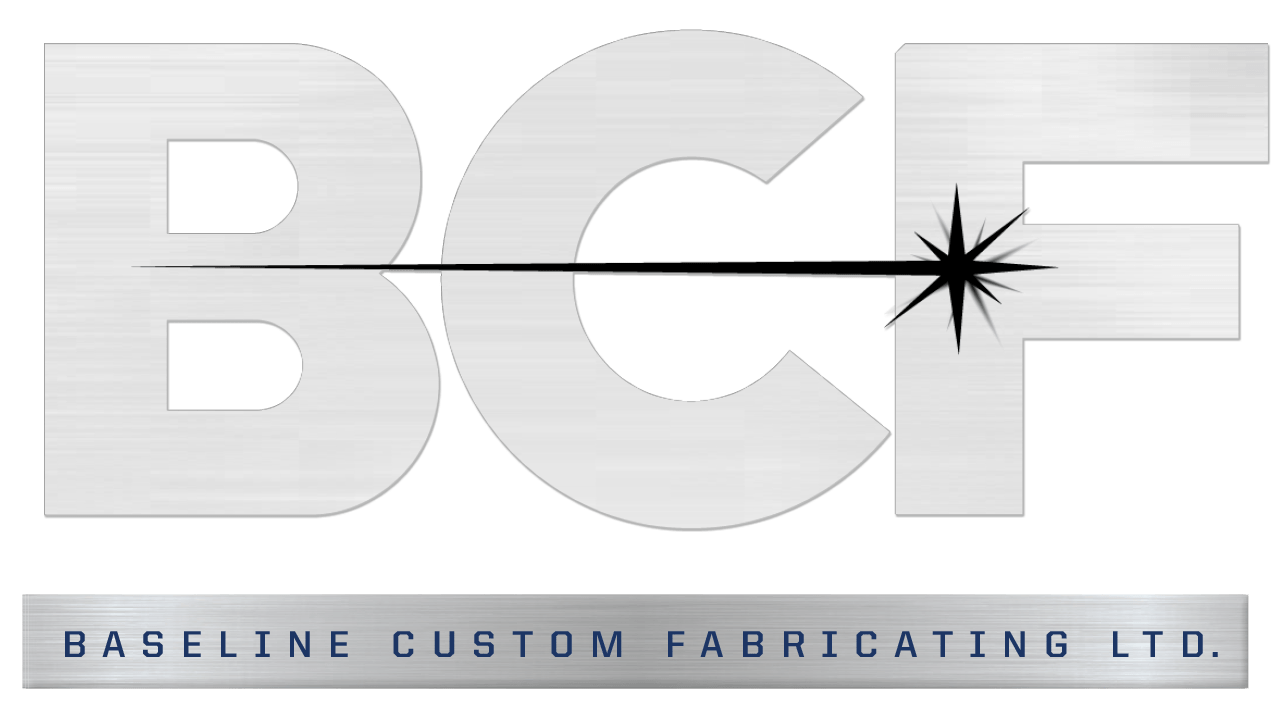Fiber Laser Cutting And Why Its Yet To Disrupt Industry
With the advent of the fiber laser in laser cutting, the demise of the incumbent CO2 laser was said to be nigh. As, about, a decade has passed since the advent of the fiber laser, we look at where its adoption stands today. Then, is the supposed performance advantage of the fiber laser not sufficient to grant it supremacy over CO2 laser cutting tools just yet?
In an earlier article we had briefly highlighted the differences between the functioning of CO2 and fiber laser cutting systems, and how the fiber laser has the potential to cut down on consumable requirements for the business owner. Now we try and understand why fiber laser cutting has not taken quite the leap in the metal fabrication industry.
The fiber laser cutting system makes a convincing case for itself at the time of replacement – but it has struggled to instill disruption in the metal fab industry.
While fiber lasers do consume far less electricity and maintenance is lesser as compared to a CO2 laser cutting system, the expenditure on consumables has been shifted rather than alleviated. Nitrogen and oxygen are major consumable expenditures that a fiber laser cutter entails.
Nevertheless, fiber laser cutting has shown itself to be about twice as fast as CO2 laser cutting. In thinner and non-ferrous material the speed difference is even more stark.
Thus, for metalworkers working with thinner metal sheets, and possibly with non-ferrous materials, the fiber laser can offer a significant enough upgrade option. The reduced cutting time can open up a capability to take on more diverse orders; and if the business is already suitably equipped to handle the cost of consumables involved in laser cutting, then it may be but the natural upgrade option. If both those factors are not satisfied, it is unsurprising to see slow uptake.
Perhaps one reason why metal fabricators have been reticent, or seemingly unenthusiastic, to introduce fiber laser cutting systems into their shops is because, ultimately, there is no apparent difference in real world operation. Faster, sure, but its sales pitch has been convincing to the point that fiber laser cutting should considered at the time of a planned change of equipment; it has struggled to evoke a sense of “equip your business now or you’ll be left behind” urgency.
What’s more, fiber laser cutting offers minimal gains in cutting performance. With time and development fiber laser cutting will become substantially better. But till such time a compelling case for show owners to invest in new technology, which may or may not perform better than the existing laser cutting setup, remains missing.







